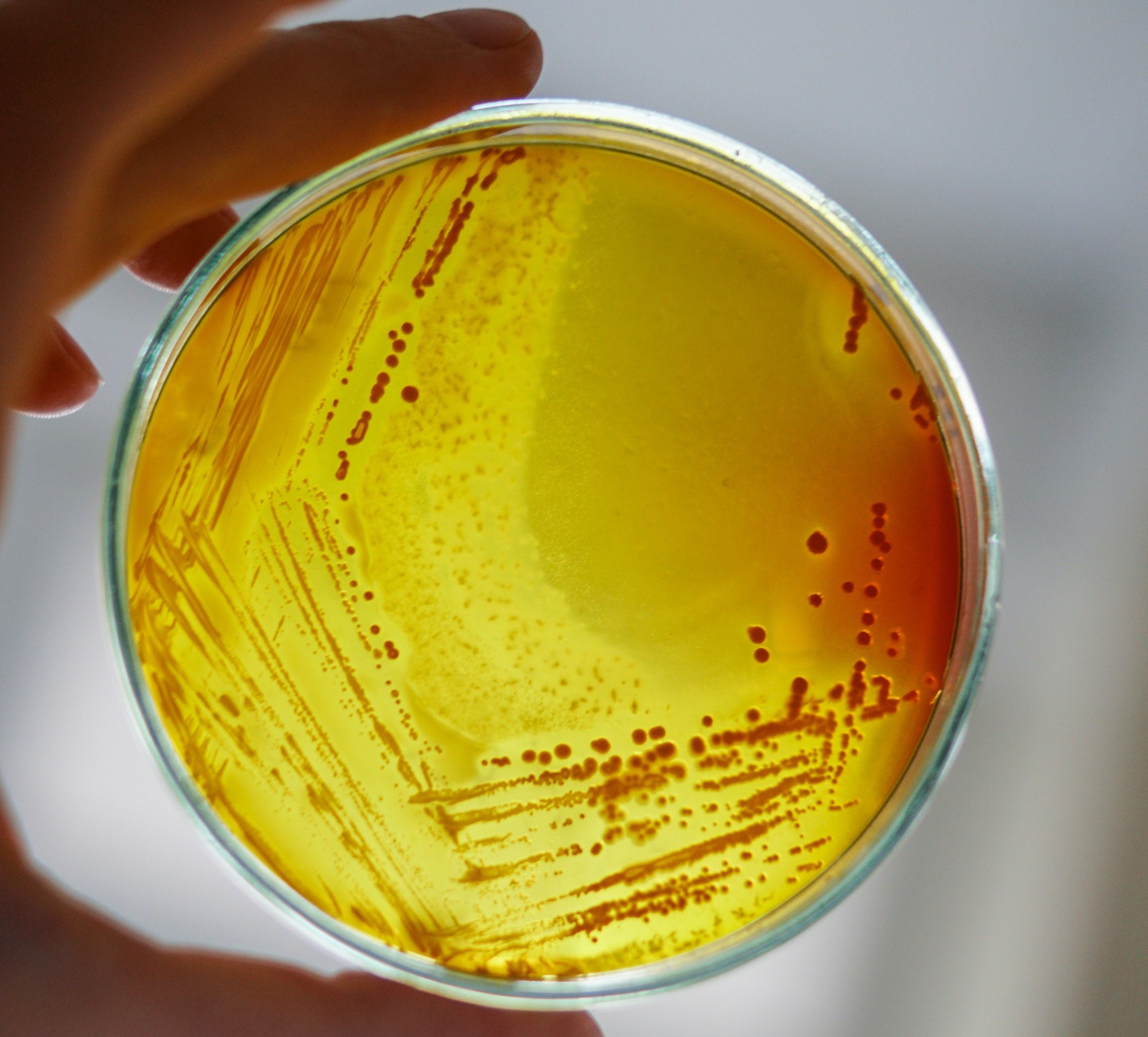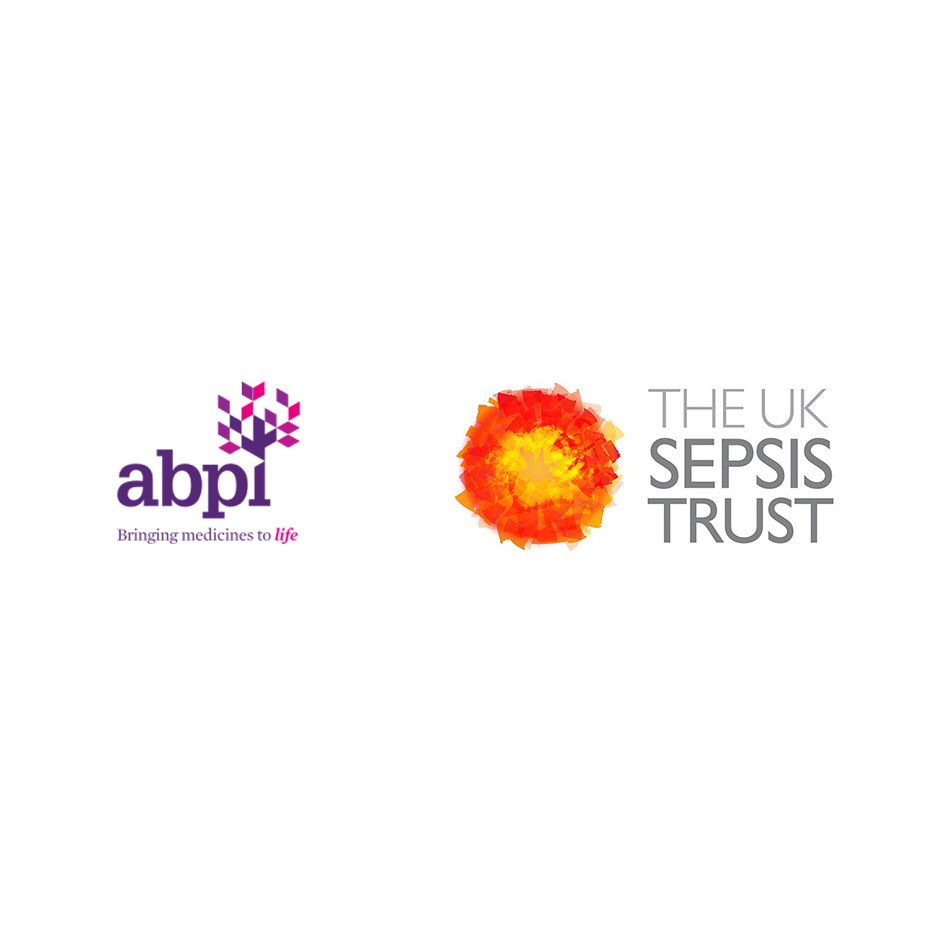Understanding Antibiotic Resistance
Antibiotic resistance occurs when bacteria evolve and develop the ability to defeat the drugs designed to kill them. This means that infections become harder to treat, leading to longer hospital stays, higher medical costs, and increased mortality. The misuse and overuse of antibiotics in humans and animals accelerate this process, making it a significant public health concern.
The primary cause of antibiotic resistance is the overuse and misuse of antibiotics. When antibiotics are taken unnecessarily or not as prescribed, bacteria can adapt and become resistant. This resistance can spread between different bacteria, making it harder to treat common infections. Other factors include poor infection control in healthcare settings and inadequate sanitary conditions.

Impact on Healthcare
Antibiotic resistance has a profound impact on healthcare.
Combating Antibiotic Resistance
Combating antibiotic resistance requires a multifaceted approach. This includes using antibiotics only when necessary and as prescribed, improving infection prevention and control measures, and investing in research for new antibiotics and alternative treatments. Public education on the proper use of antibiotics and the importance of vaccination can also help reduce the spread of resistant bacteria.
-
ThemeAntimicrobials AMR
-
KeywordsAMR
-
Last modified09 July 2025
-
Last reviewed25 June 2025



